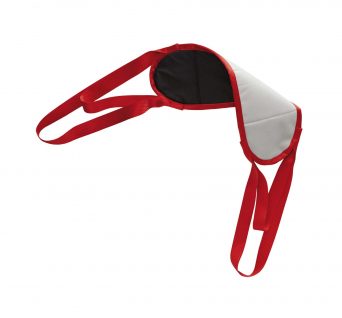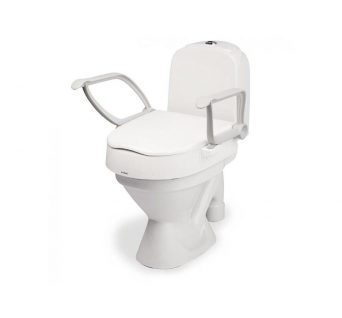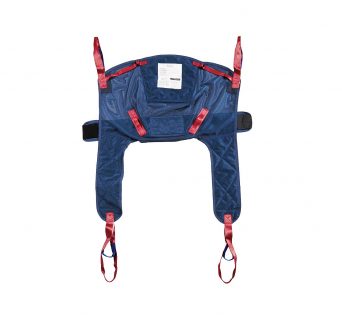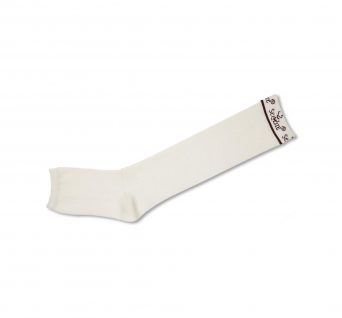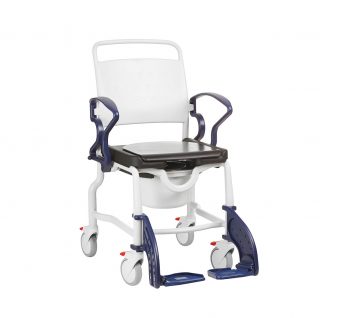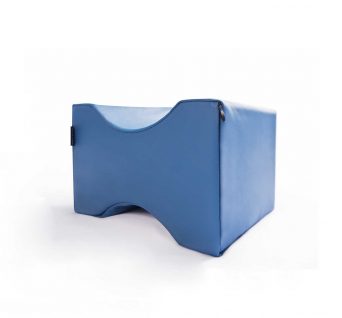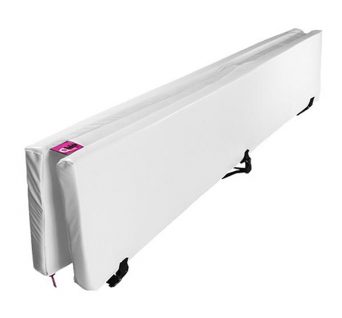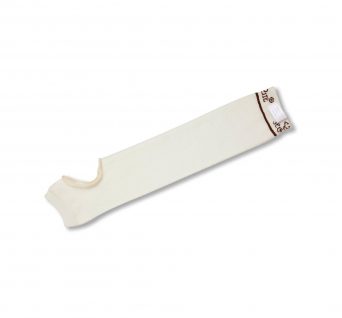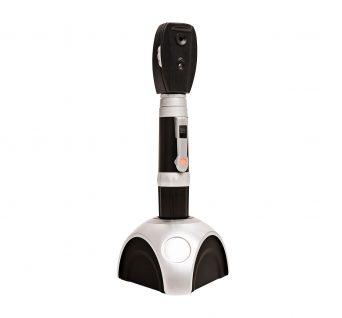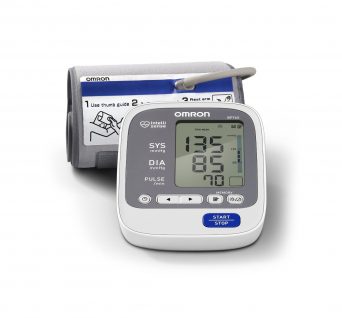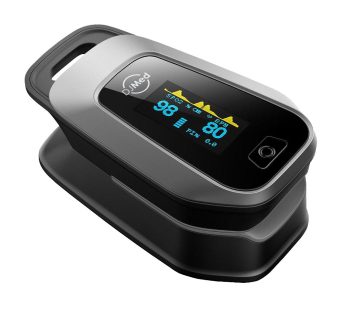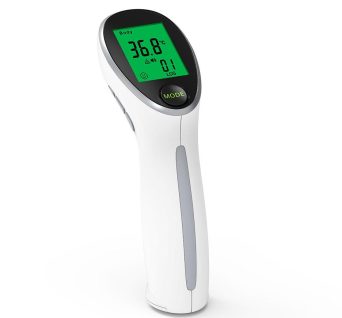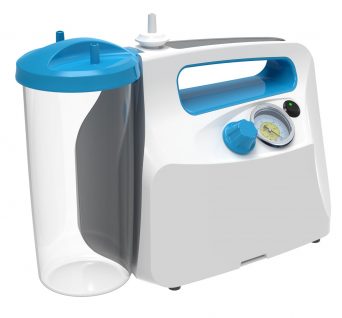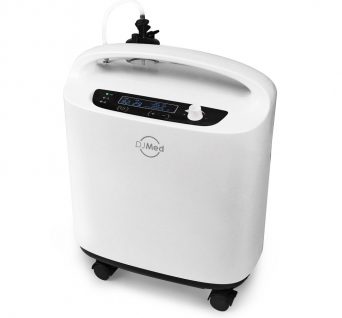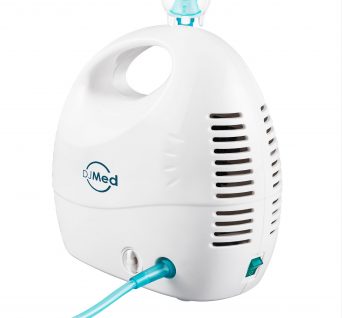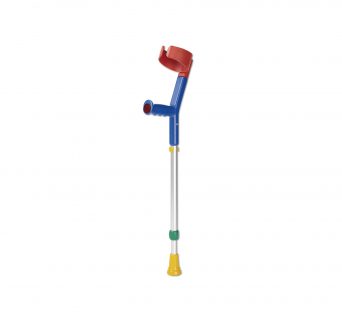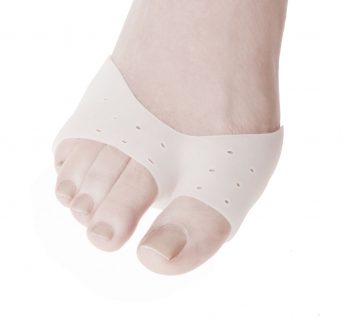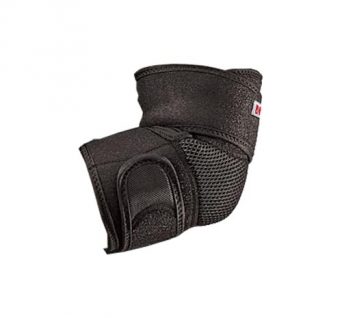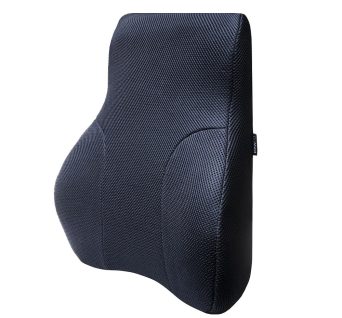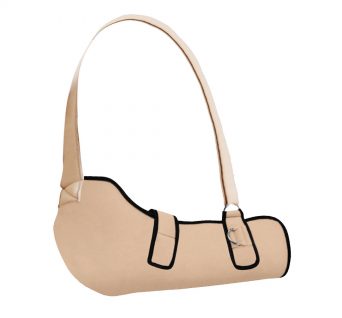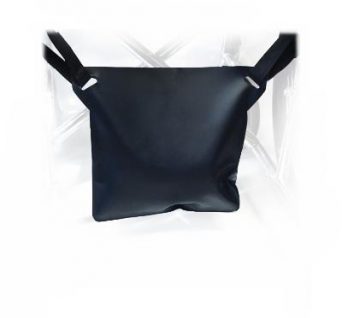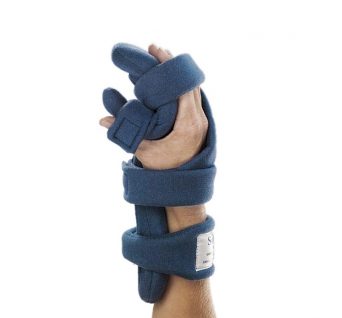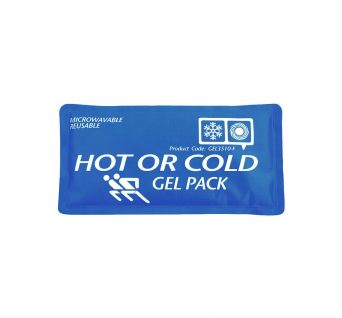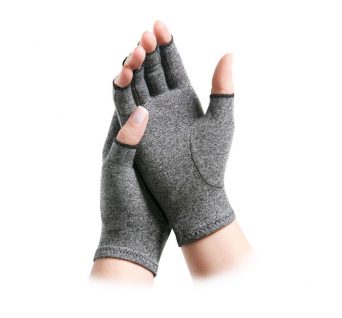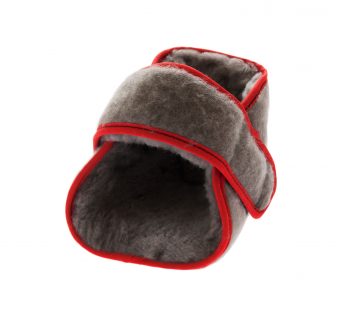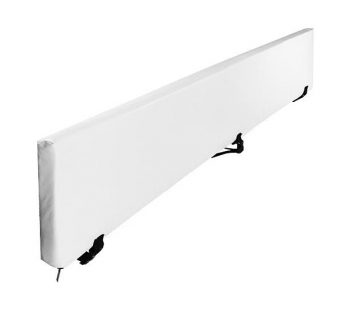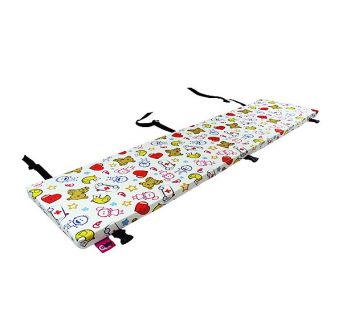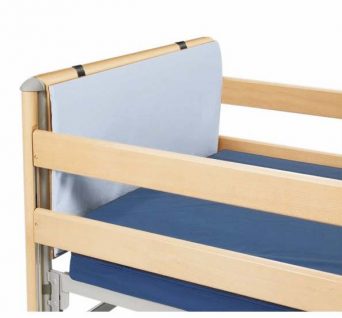No products in the cart.
Bed Rail Protectors
Showing all 4 results
- Bed Rail Protectors
Bed Headboard Protector Cushion
Headboard or foot board cushioning for prevention against bumps and pressure areas.
- Helps protect patients suffering from cognitive or mobility impairment or at risk of injury.
- Soft cushion mat securely attaches to bed heads or foot boards.
- Suitable for use with most hospital and care facility beds.
SKU: 703400
Bed Rail Protectors
Bed rail protectors, also known as bed rail pads or bed rail covers, are protective accessories designed to cushion and safeguard the bed rails. These are commonly used in medical settings, such as hospitals, nursing homes, and home care environments, to enhance patient safety and prevent injuries.
The primary purposes of bed rail protectors are:
Fall Prevention: Bed rail protectors create a soft barrier around the bed rails, reducing the impact and risk of injury if a patient accidentally hits or falls against the rails.
Comfort: They provide a more comfortable surface for patients to rest their arms or lean against while in bed.
Pressure Relief: Bed rail protectors can help distribute pressure evenly, which is beneficial for patients at risk of developing pressure ulcers or bed sores.
Hygiene and Infection Control: Many bed rail protectors are designed to be easily cleaned and are resistant to liquids, aiding in infection control.
Bed rail protectors come in various shapes, sizes, and materials. Some common materials used in their construction include foam, gel, or a combination of both. They often attach securely to the bed rails using fasteners or Velcro straps.
It’s important to note that bed rail protectors are not a substitute for proper supervision and fall prevention measures, especially for patients at a high risk of falls or mobility issues. If you are considering using bed rail protectors for a specific situation or individual, it’s advisable to consult with a healthcare professional to ensure the appropriate application and usage.
What types of bed rail protectors are available?
There are various types of bed rail protectors available, each with different features and materials to suit different needs. Some common types of bed rail protectors include:
Foam Bed Rail Protectors: These are made of soft foam and are designed to provide cushioning and protection against hard bed rails. They are lightweight, easy to install, and usually come with a cover that can be removed for cleaning.
Gel Bed Rail Protectors: Gel bed rail protectors are filled with gel material that conforms to the shape of the bed rail and provides extra comfort and pressure relief. The gel also helps distribute pressure evenly to reduce the risk of pressure sores.
Vinyl or Nylon Bed Rail Protectors: These bed rail protectors are covered with vinyl or nylon material, making them waterproof and easy to clean. They are suitable for situations where there may be spills or accidents.
Padded Bed Rail Covers: Padded covers are typically made of quilted or padded fabric, providing a soft and comfortable surface for patients to lean on. They can be easily removed and washed.
Full-Length Bed Rail Protectors: Full-length bed rail protectors cover the entire length of the bed rail, providing comprehensive protection and cushioning.
Half-Length Bed Rail Protectors: These bed rail protectors cover only a portion of the bed rail, leaving space for caregivers to assist the patient without removing the entire protector.
Foldable or Collapsible Bed Rail Protectors: Some bed rail protectors are designed to fold down or collapse, allowing easier access to the patient or making it easier to transfer them in and out of bed.
Bumper-Style Bed Rail Protectors: Bumper-style protectors wrap around the bed rail and secure in place, creating a soft bumper to protect against accidental bumps or falls.
When choosing a bed rail protector, consider factors such as the patient’s specific needs, the level of protection required, ease of cleaning and maintenance, and the compatibility with the bed type and size. It’s also essential to ensure that the bed rail protectors meet safety standards and regulations.
Were are they usually used?
Hospital bed rail protectors are primarily used in medical settings, such as hospitals, nursing homes, and other healthcare facilities. They are typically installed on the bed rails of hospital beds, which are commonly used for patients who are sick, injured, or recovering from surgery.
Here are some specific scenarios and areas within hospitals where bed rail protectors are commonly used:
Patient Rooms: Hospital bed rail protectors are most commonly found in patient rooms. They are used to enhance patient safety and comfort, especially for patients who may be at risk of falling or have mobility issues.
Intensive Care Units (ICU): In ICU settings, patients may be attached to various medical devices and equipment. Bed rail protectors provide additional protection, preventing accidental collisions with the rails and reducing the risk of injuries.
Recovery Rooms: After surgery or medical procedures, patients are often placed in recovery rooms where bed rail protectors help prevent post-operative injuries and provide a supportive and comfortable environment for recovery.
Elderly Care Units: In hospitals with dedicated units for elderly patients or geriatric care, bed rail protectors are commonly used to prevent falls and protect vulnerable patients from injury.
Pediatric Units: In pediatric wards, bed rail protectors offer protection for children, especially for those who may be restless or prone to moving around in their sleep.
Psychiatric Wards: In psychiatric units, bed rail protectors can help minimize the risk of self-harm or harm to others.
Home Care Settings: In some cases, hospital bed rail protectors may also be used in home care environments for patients who are bedridden or need extra protection.
It’s important to note that the use of bed rail protectors is often based on the individual patient’s needs and risk assessment. Healthcare professionals carefully consider the patient’s condition, mobility, and fall risk when determining whether to use bed rail protectors and what type to use. Additionally, healthcare facilities adhere to safety guidelines and regulations to ensure the appropriate use of bed rail protectors for patient care.

